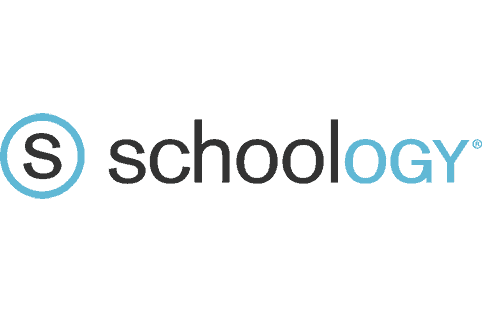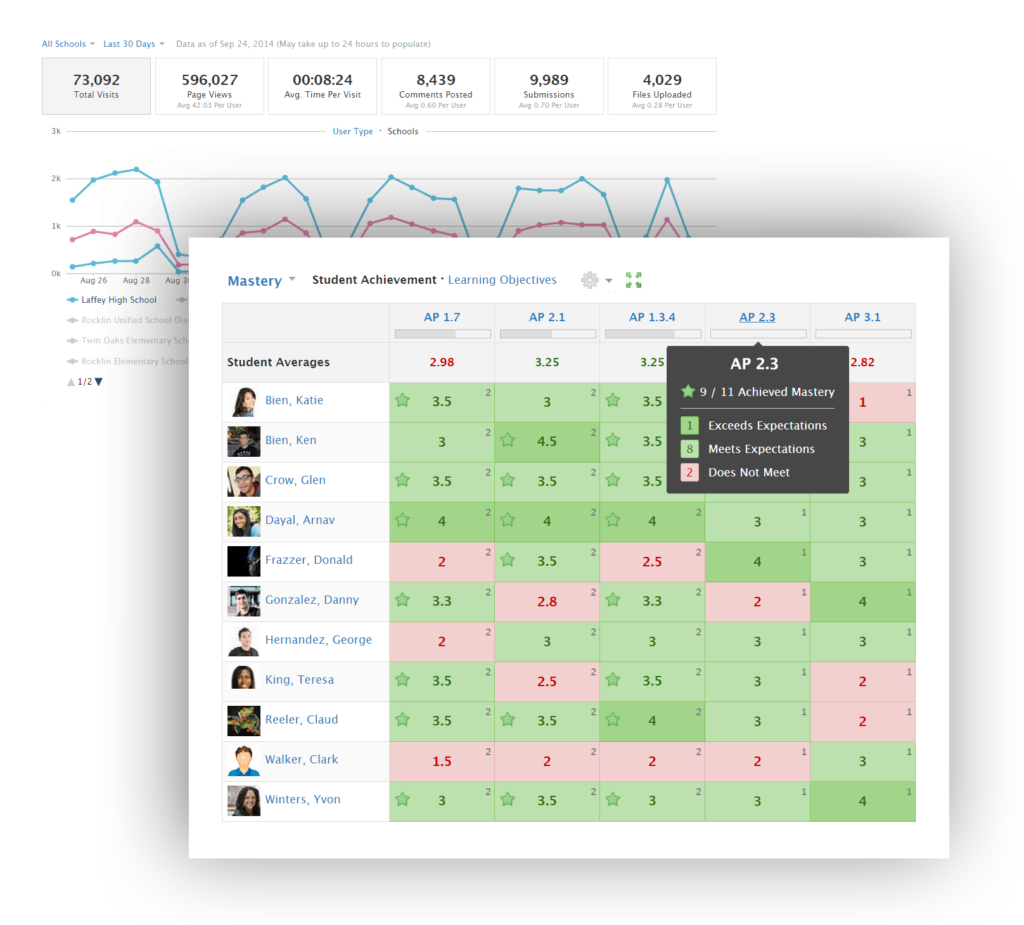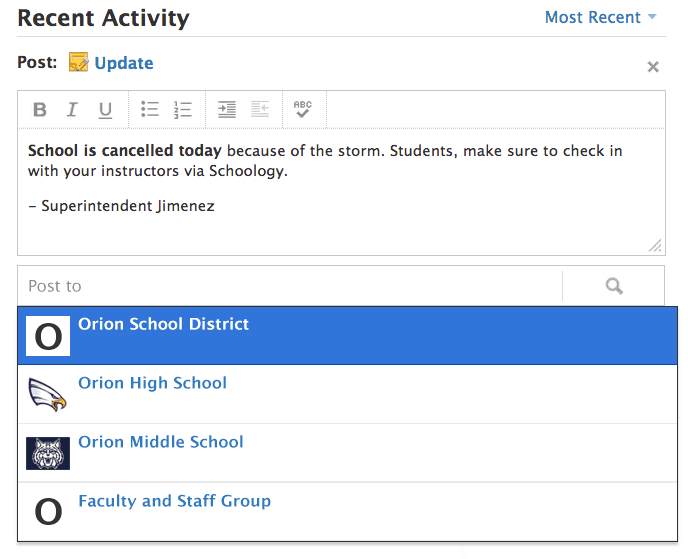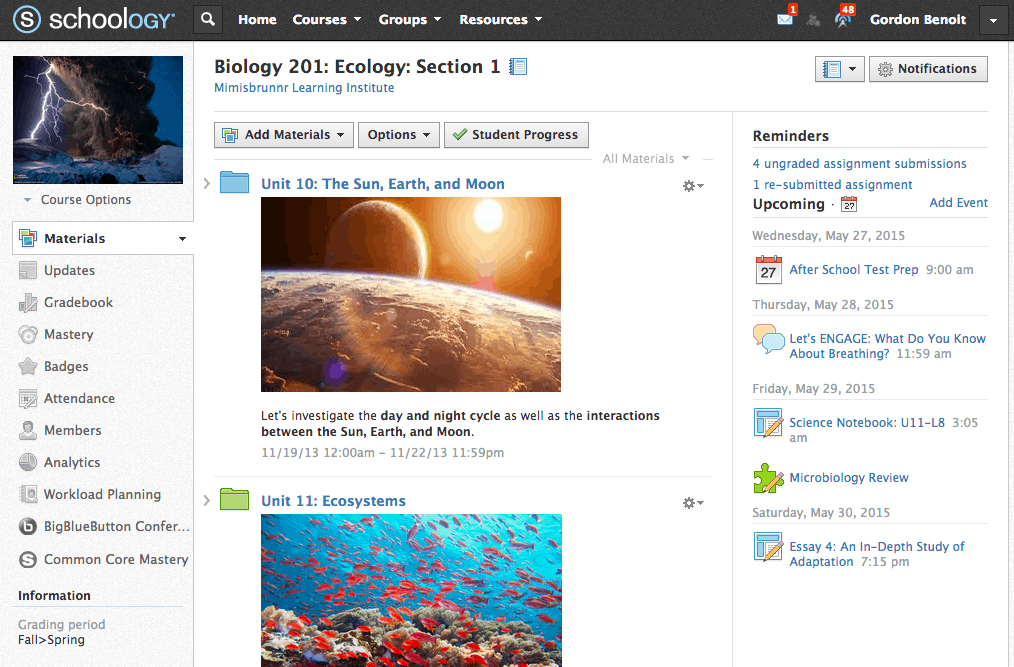Schoology: Instructional Operating System Empowers Learning

Co-founders Jeremy Friedman, Ryan Hwang, and Tim Trinidad at Washington University in St. Louis and Bill Kindler at Colgate University began discussing a better learning platform during the 2007-2008 school year.
Launched as a simple free social learning platform in 2009, Schoology quickly added enterprise features making it easier to create engaging content, design lessons and assess student understanding.
CEO Jeremy Friedman doesn’t mind calling Schoology a learning management system but he thinks of it as an “instructional operating system” with four feature sets:
- Communication: connects students, teachers, administrators, and parents;
- Collaboration: makes it easy to connect and share resources;
- Engagement: helps improve outcomes with intuitive technology; and
- Instruction: simplifies teaching and learning.
Jeremy believes Schoology is defining a new genre. “LMS’ have to do a better job of empowering students and faculty to grow and learn together,” he said.
Schoology was originally U.S. K-12 focused with adoption by Delaware and hundreds of districts. But, there is also country wide adoption in Uruguay, and a growing number of higher education and corporate users.
Schoology integrates with all popular student information systems as well as Google Drive, OneDrive, and content from Discovery, Houghton Mifflin Harcourt, Pearson, and YouTube.
Teachers and parents can track performance with student mastery reporting. The mastery dashboard tracks progress by standard, by student, and by class. Other applications can pull out data with an API. Advisors can easily gain a full overview of student progress in every class. Parents can access information on multiple students with a single login.
Rubrics for project-based assignment include a rich text editor and the ability to tag content to standards.
Instructors can pace and track students individually; connect them in collaborative groups; and differentiate, flip, or blend instruction. Instructors and administrators can even monitor student workload across all their classes to ensure students are never overloaded.
Districts have the power to to turn on or off the portfolio feature. Portfolio portability will improve in future versions.
Tools for communication and sharing are also woven into nearly every aspect of the platform. This enables the platform to be not only the vehicle for teaching and learning but also the main pipeline for communication and collaboration across an institution.
The center of the three column user interface includes a familiar communication thread. Like the student view, navigation aids are on the left, upcoming events are in the right column.
Schoology has a robust mobile app available on iOS, Android, and Kindle Fire. Schoology app is most popular but Android is gaining ground.
A deep integration between Turnitin and Schoology is available in the Schoology App Center along with Khan Academy, Google Drive, Dropbox, and Evernote.
Schoology raised $15 million last year in a round led by Intel Capital.






0 Comments
Leave a Comment
Your email address will not be published. All fields are required.